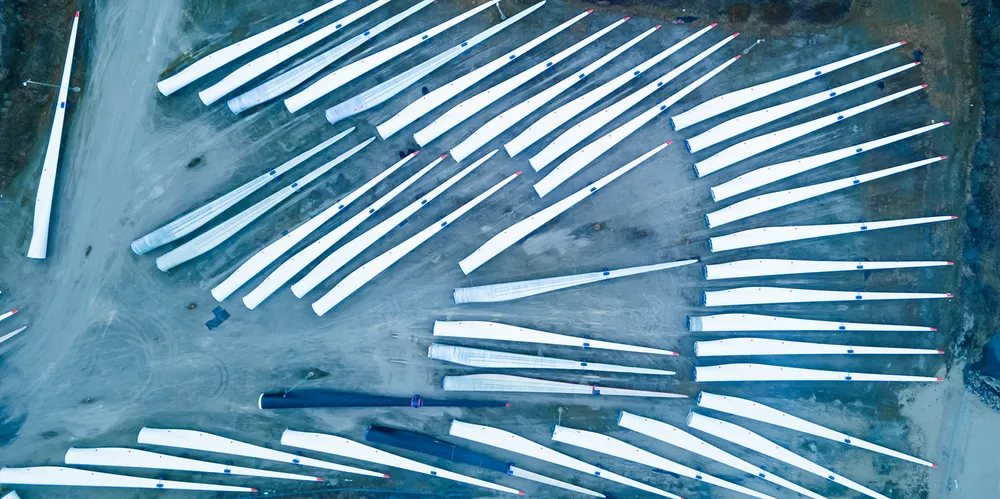Solutions ‘urgently needed’ for China’s wind turbine waste timebomb
Upper estimate for waste that study claims could be generated by 2050 is more than four times weight of Great Pyramid of Giza

Upper estimate for waste that study claims could be generated by 2050 is more than four times weight of Great Pyramid of Giza
